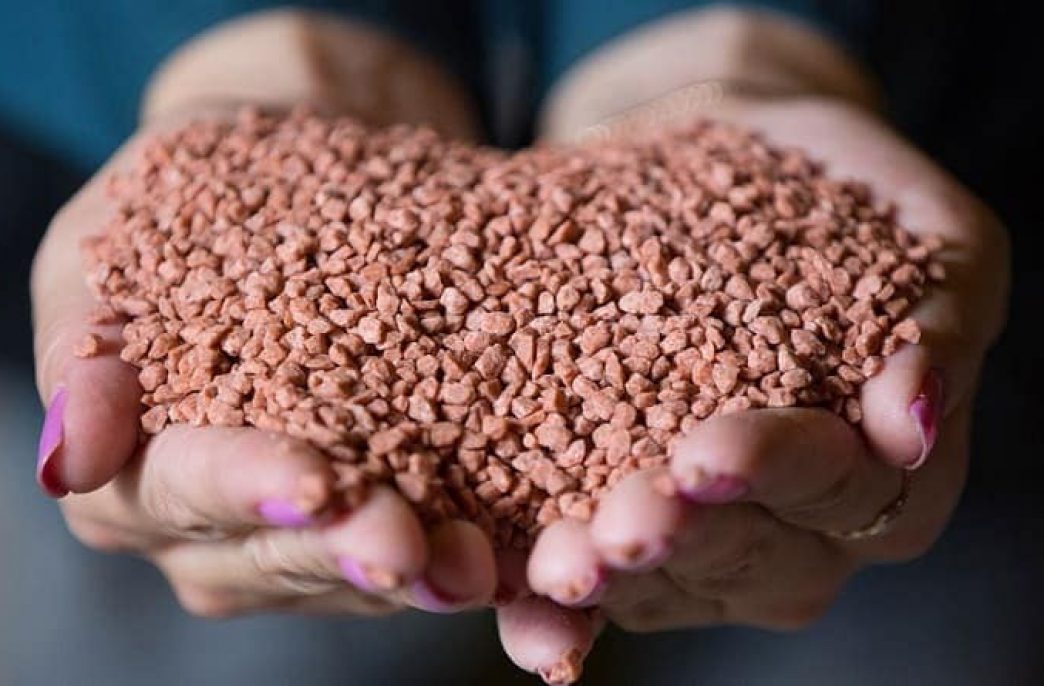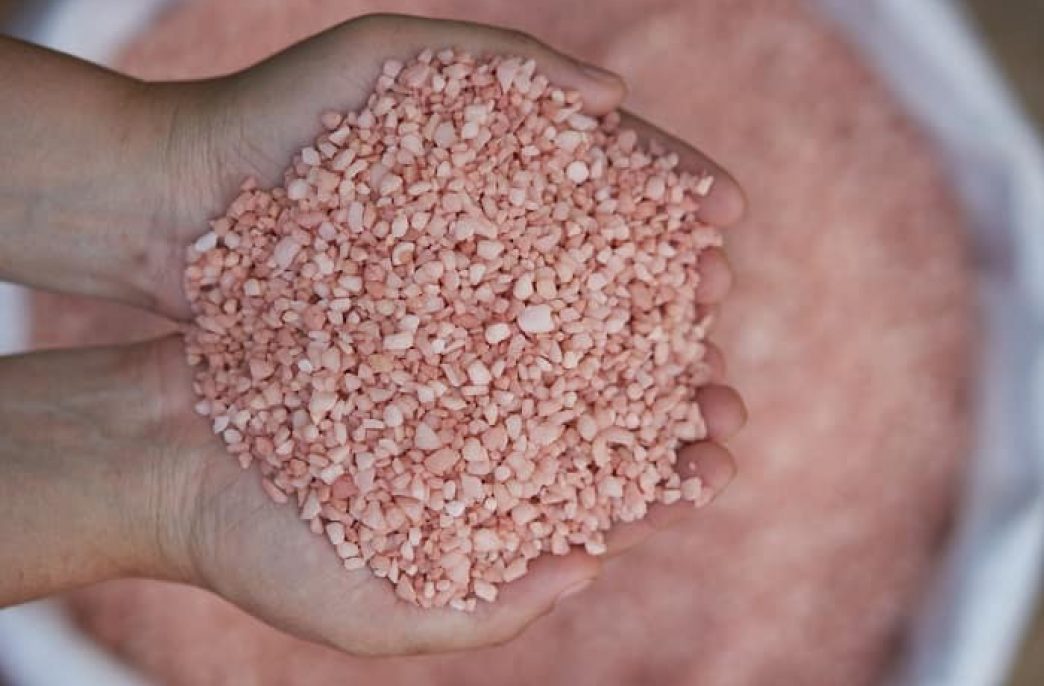Potassium Sulphate in Agriculture

Potassium sulfate is a highly concentrated chlorine-free fertilizer, white crystalline powder with a yellow tint, contains 46-50% K2O. It is used on all soils and under all crops, especially those sensitive to chlorine (tobacco, citrus fruits, grapes, potatoes and others). It may act as a sulfur-containing fertilizer, but due to the limited use in agriculture, sulfur plays a small role in providing soil. It contains about 50% of the macrocell potassium and oxygen, as well as a small percentage of sulfur oxide, calcium, sodium, iron oxide, which are extremely important for the harmonious growth of plants; but they are so few in composition that they may not be taken into account when using other types of fertilizers. Mineral forms of pure K2SO4 are relatively few.
The properties
It is highly soluble in water and does not undergo hydrolysis. Insoluble in pure ethanol or in concentrated alkali solutions. It has a bitter-salty taste. Crystallized view. The crystals are small, often white or yellow. Chemical properties include: Forms pyrosulphate with sulfur oxide. It is reduced to sulfide. Like all sulfates, it interacts with soluble barium compounds. As a salt of a dibasic acid, it forms acidic salts containing not less than 45-52% K2O, not more than 1% MgO and not more than 10% moisture. It is used primarily for crops sensitive to chlorine (potatoes, tobacco, flax, grapes, citrus fruits, etc.). The presence of sulfate ion in the fertilizer has a positive effect on the yield of cruciferous plants (cabbage, rutabaga, turnip, etc.) and legumes that consume a lot of sulfur. KHSO4 is also used as a flux in metallurgy.
Application
The main consumer of potassium sulfate is agriculture. Potassium sulfate is a valuable non-chlorine fertilizer. The effectiveness of potassium sulfate is better manifested in potassium-poor sod-podzolic soils of granulometric composition and peat soils. On chernozem soils, it is usually used for crops that absorb a lot of potassium and sodium (sugar beets, sunflowers, fruit, for root crops, vegetables). On chestnut and gray earth soils they are used depending on the type of crop, the technology of cultivation and potassium content in the soil. Potassium sulfate much more effectively affects the size of the crop and its quality, if used in combination with nitrogen and phosphorus fertilizers. On acidic soils, the effect of potassium sulfate increases with the use of lime. Potassium increases the content of sugars and vitamins in the cultivated products, and top dressing at the end of August-September contributes to a better wintering of fruit and berry and ornamental trees and shrubs. It is used primarily for crops sensitive to chlorine (potatoes, tobacco, flax, grapes, citrus fruits, etc.). The presence of sulfate ion in the fertilizer has a positive effect on the yield of cruciferous plants (cabbage, rutabaga, turnip, etc.) and legumes that consume a lot of sulfur.
Safety conditions
When working with fertilizer, personal protective equipment should be used: a respirator for respiratory protection, chemically resistant, impervious gloves or mittens to protect hands and safety glasses to protect the eyes at high dust concentrations or with prolonged contact with the fertilizer, observe personal hygiene rules. After work, thoroughly wash your face and hands.




